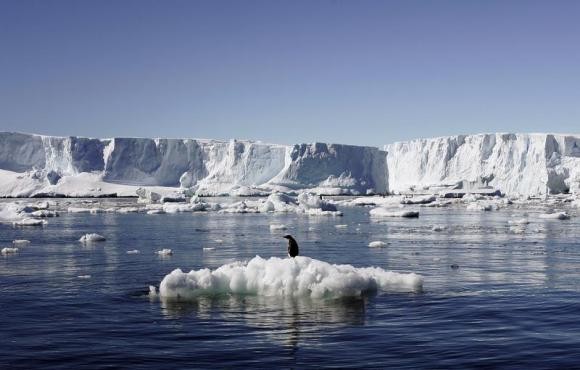A new study is forecasting dire weather disturbances were major flooding will be prevalent along every coastal region on the planet. New findings also reveal that the world's seas are rising at an unprecedented rate.
Now, NASA's former climate chief is warning that seas are now warming faster than ever due to melting polar ice sheets that will result in sea levels rising to 15 feet in the next 50 to 100 years. This prediction is five times higher than prior studies and climate models.
According to one of the world's top climatologists, James Hansen, this is the biggest threat that the planet faces right now. He says if sea levels will rise for several meters then all coastal cities will become dysfunctional where the implications of this disastrous scenario are just incalculable.
He warns that if ocean levels will just rise 10 feet, cities in the Unites States such as Miami, Boston, Seattle and New York City will experience extreme flooding.
Since the melting ice from polar regions will result in cooling ocean surface temperatures while overall global climate continues to warm due to man made greenhouse gas emissions, these extreme temperatures will produce violent and more unpredictable weather.
Hansen explains that when the Earth's atmosphere becomes warmer, it produces more water vapor that can generate more thunderstorms and even stronger hurricanes and typhoons including tornadoes since they all get their energy and power from this massive amount of water vapor.
Almost 10 years ago, Hansen revealed to the T.V. show "60 Minutes" that there is a time window of 10 years to eliminate or keep global warming under control before it reaches a certain tipping point.
Hansen also says that this situation will become out of our control, although also adding that humans essentially still have an edge over the problem of climate change, however, this year will be a critical one due to a Paris treaty that will be set by the United Nations to lessen carbon emissions and greenhouse gases from global nations such as the U.S. and China.





















